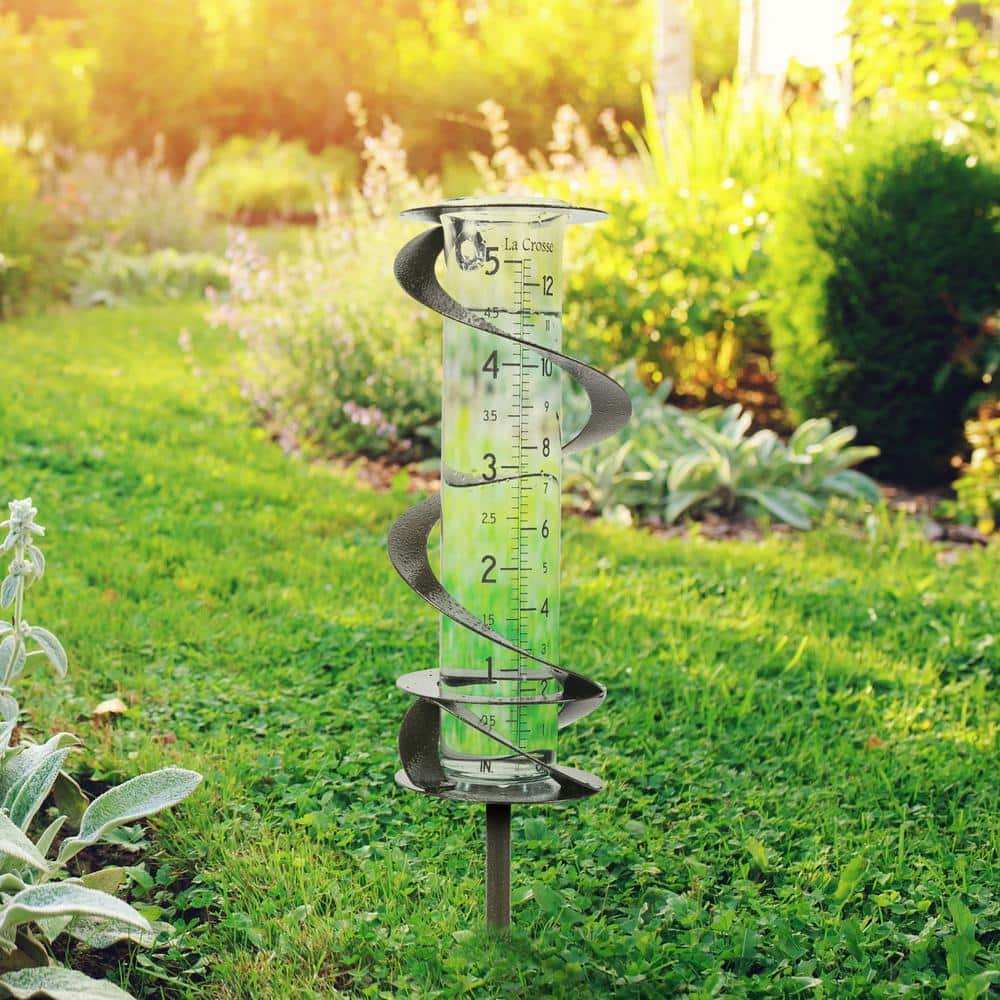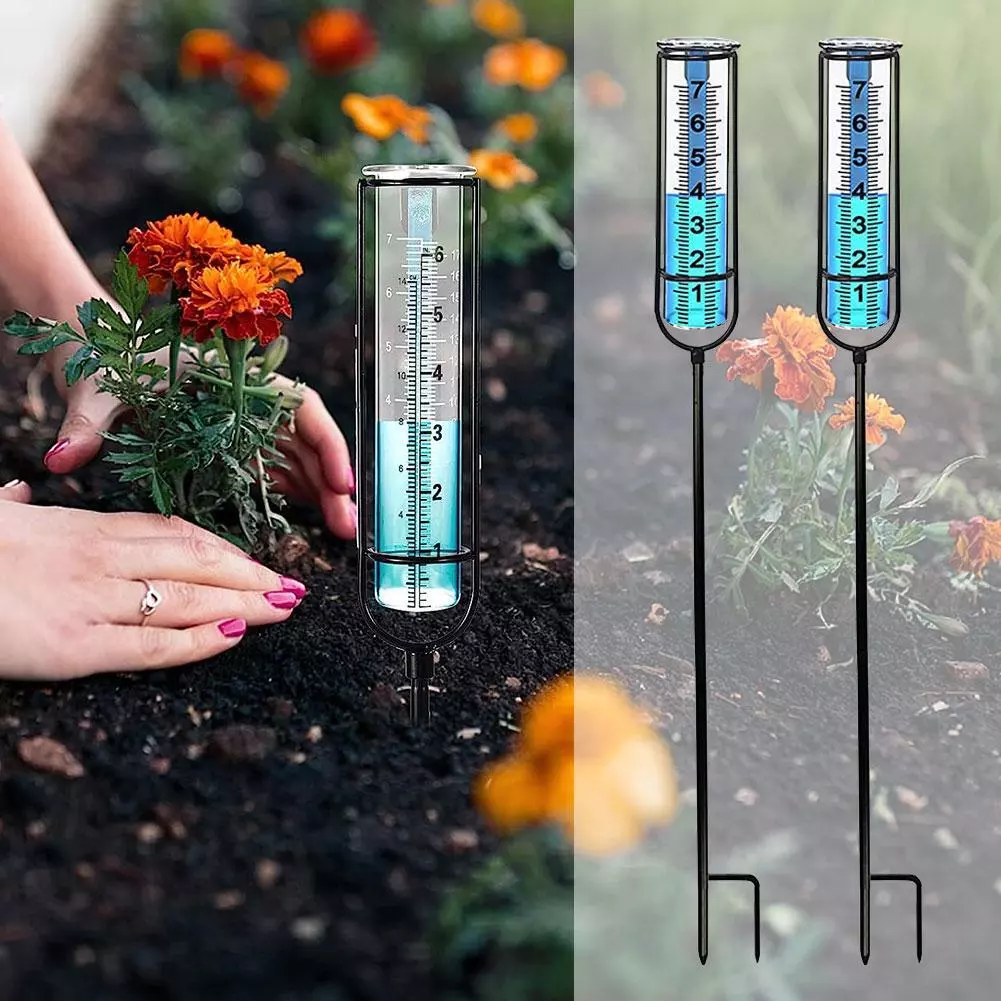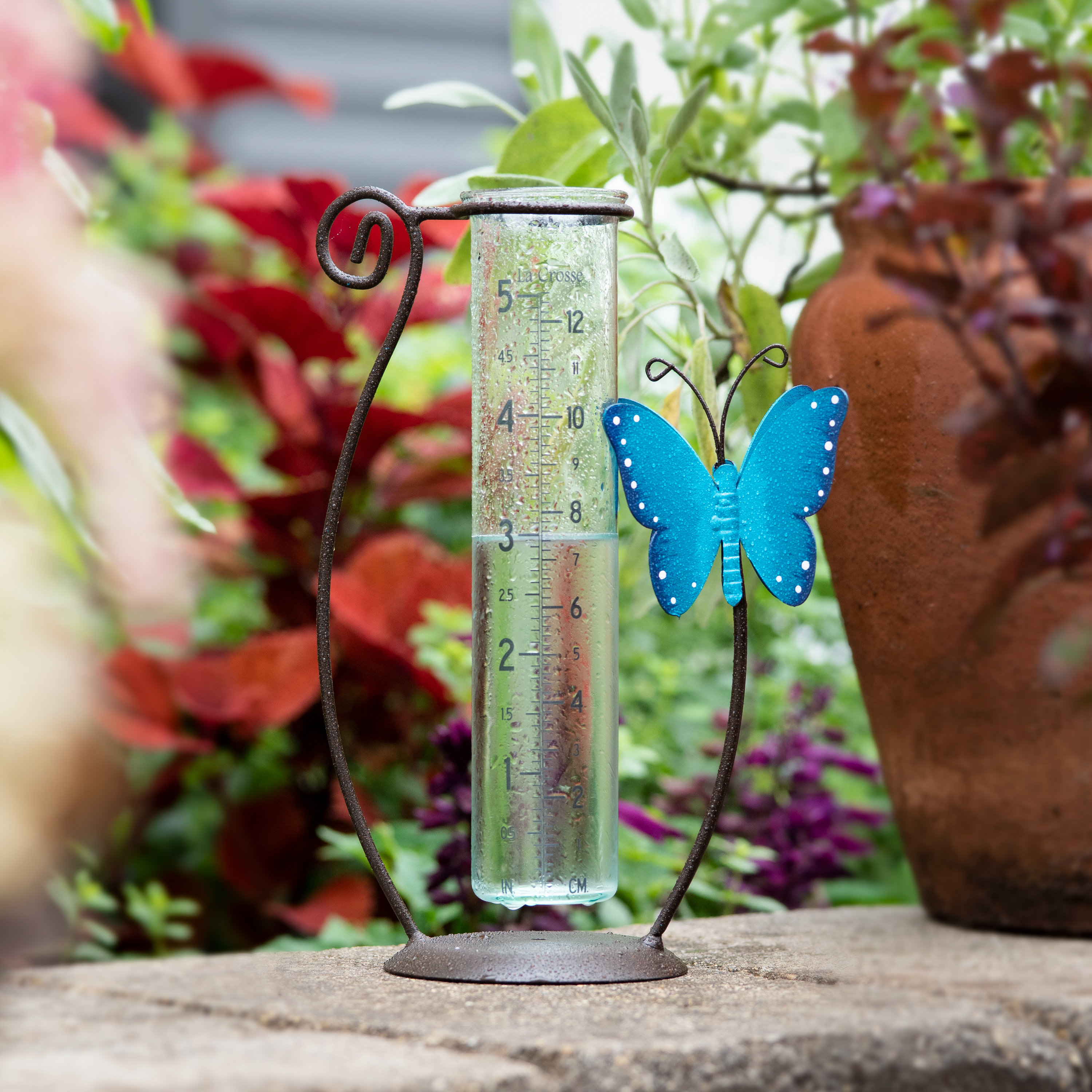The Rain Gauge: Enhancing Agricultural and Environmental Keeping An Eye On Initiatives
The Rain Gauge: Enhancing Agricultural and Environmental Keeping An Eye On Initiatives
Blog Article
Just How to Pick the Right Rainfall Gauge for Accurate Rain Data
To get trustworthy measurements, it is essential to select the ideal rainfall scale. Considering variables such as place, kind, and accuracy of the rain scale will certainly help guarantee specific data collection. Furthermore, understanding the maintenance and calibration procedures will contribute to the longevity and dependability of your rainfall scale.
Relevance of Choosing the Right Rain Gauge
The relevance of picking the right rainfall scale hinges on obtaining trusted and precise rains data for exact atmospheric analysis. Rain information is important for a variety of applications, consisting of weather condition projecting, hydrological modeling, and environment study. Unreliable or imprecise information can result in erroneous conclusions and flawed decision-making processes.

Secondly, the accuracy and accuracy of the rainfall gauge are paramount. The gauge must have the ability to gauge rainfall with high accuracy, recording also percentages of precipitation properly. It ought to likewise lessen mistakes as a result of dissipation, wind, and other environmental factors. Regular calibration and upkeep are important to guarantee ongoing accuracy.
Moreover, the area and setup of the rain gauge are crucial factors to consider. It must be positioned in an open location, away from blockages that might influence rainfall measurements. The scale needs to be positioned at an ideal height and angle to avoid splashing and make certain appropriate catchment of rainwater.
Elements to Take Into Consideration When Picking a Rainfall Gauge
When choosing a rainfall gauge, there are numerous key variables to think about. There are various types offered, consisting of standard rain assesses, tipping bucket rain determines, and evaluating rainfall gauges.
One more aspect to consider is the product of the rainfall gauge. Rainfall gauges can be made from different products, such as metal, plastic, or glass. The material chosen ought to be sturdy and immune to climate condition, making sure that the rain gauge will certainly stand up to the components and supply precise measurements with time.
Precision is additionally an essential variable to take into consideration. Look for rain gauges that have actually been adjusted and examined for accuracy. Attributes such as anti-splash rings and funnels can additionally boost the accuracy of the dimensions.

Lastly, think about the climate and environment in which the rain scale will certainly be made use of. Different rainfall assesses appropriate for various environments, so it is necessary to choose one that is appropriate for the problems in your location.
Different Sorts Of Rainfall Assesses Available
To further discover the variables to take into consideration when choosing a rainfall gauge, it is necessary to recognize the various kinds of rain gauges offered. There are a number of sorts of rain assesses, each with its own benefits and downsides. One of the most typical kind is the basic rainfall scale, additionally called the cylindrical rainfall gauge. This type includes a straight-sided round container with a funnel-shaped top. It is easy to make use of and supplies precise dimensions of rains.
Another kind of rainfall scale is the tipping bucket rainfall gauge. This gauge utilizes a seesaw-like system to gather and gauge rains. As the rainfall comes under the gauge, it fills one side of the pail, causing it to clear the water and tip. The variety of pointers is counted online to figure out the amount of rains. Tipping bucket rainfall assesses are preferred for their precision and ability to gauge rainfall strength.
A third kind of rainfall gauge is the considering rainfall gauge. This scale uses an equilibrium system to measure the weight of the gathered rains. As the rainfall drops into the scale, it is accumulated in a container attached to an equilibrium. The weight of the water is gauged, and the rainfall amount is determined based on the weight. Evaluating rain evaluates are very exact however can be extra costly and require normal maintenance.
Ultimately, there are additionally remote rain determines that usage advanced modern technology to gauge rains (The Rain Gauge). These gauges usage sensing units and transmitters to send data wirelessly his comment is here to a central unit. Remote rainfall assesses are convenient for checking rains in hard-to-reach areas or for massive information collection
Exactly How to Identify the Precision of a Rain Scale
One way to examine the accuracy of a rainfall gauge is by carrying out regular calibration dimensions. Calibration involves contrasting the analyses of a rainfall gauge to a standard dimension, such as a licensed rain scale or a climate terminal with high precision. By comparing the measurements, any type of disparities or errors in the rain scale can be recognized and made up.
To carry out a calibration dimension, start by accumulating rains information from both the rain scale and the typical measurement gadget over a specific period, such as a month. Then, compare the readings and compute the difference between them. This distinction is referred to as the calibration mistake.
It is necessary to keep in mind that calibration dimensions ought to be executed regularly, as environmental aspects, such as wind, debris, and temperature level, can impact the accuracy of the rainfall scale in Visit Your URL time. By carrying out normal calibrations, any kind of changes in the precision of the rainfall gauge can be discovered and adjustments can be made appropriately.
Along with calibration, it is also advised to clean and maintain the rainfall gauge consistently to ensure its accuracy. Get rid of any type of debris or obstructions that might influence the accuracy of the dimensions, and look for any kind of indicators of damages or wear that might need repairs or substitute.
Tips for Keeping and Calibrating Your Rainfall Scale
Routine maintenance and calibration are critical for making sure the accuracy and dependability of your rainfall gauge in measuring rains information (The Rain Gauge). By complying with a couple of straightforward pointers, you can make sure that your rain scale is appropriately kept and calibrated
Firstly, it is crucial to cleanse your rain scale regularly to protect against any kind of debris or dust from blocking the rainfall collection mechanism. Utilize a light cleaning agent and a soft brush to gently clean up the within and outside of the scale. Rinse it completely with tidy water and allow it to completely dry totally prior to re-installing it.
Second of all, it is advised to adjust your rain gauge a minimum of yearly. Calibration includes comparing the measurements of your rainfall gauge with those of a relied on and exact referral scale. This will help you determine and remedy any type of potential errors in check your rainfall scale's measurements.
To calibrate your rain scale, accumulate a recognized volume of water utilizing a gauging container and contrast it with the dimensions recorded by your rainfall scale. Adjust the analyses appropriately to ensure precision.

Conclusion
In final thought, picking the right rain gauge is important for getting exact rainfall data. When picking a rainfall scale, variables such as spending plan, place, and function ought to be thought about. There are different kinds of rainfall assesses available, each with their very own advantages and limitations. It is essential to consistently keep and adjust your rain gauge to ensure its precision. By following these standards, exact rainfall information can be obtained for numerous applications.
There are various types available, consisting of basic rainfall determines, tipping bucket rain assesses, and considering rain determines.To further explore the factors to consider when picking a rain scale, it is crucial to comprehend the different kinds of rainfall gauges available. The most typical type is the basic rain gauge, also understood as the round rain gauge.One more kind of rain scale is the tipping bucket rainfall scale. Calibration involves contrasting the readings of a rainfall scale to a common dimension, such as a qualified rain scale or a climate terminal with high precision.
Report this page